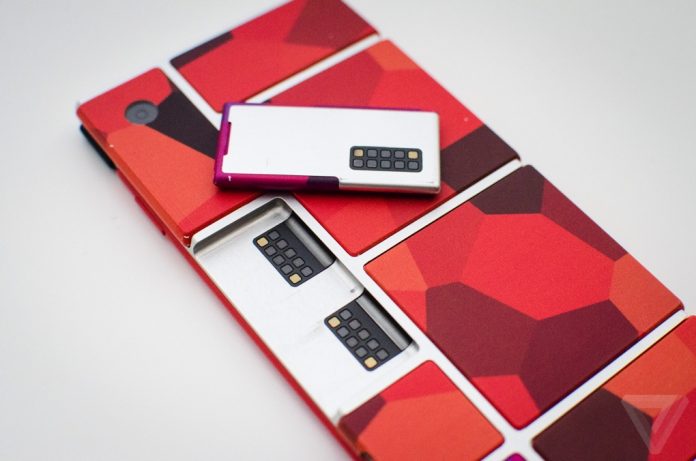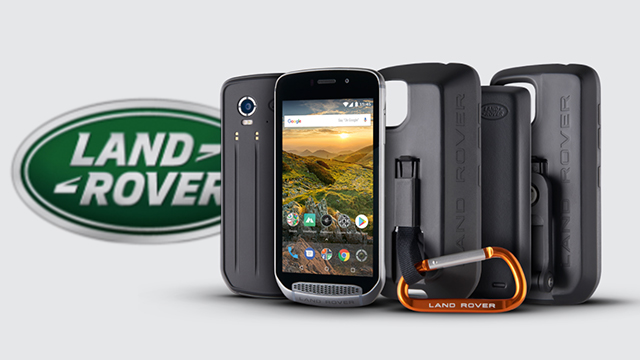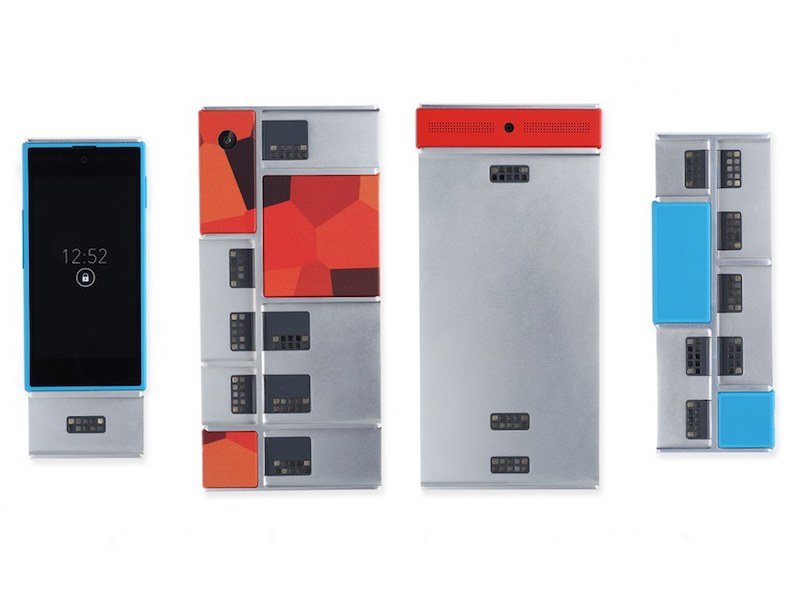Project Ara: The Death and Potential Rebirth of Google’s Modular Smartphone
The concept certainly looked a bit strange: a slim volume covered in removable modules, sort of like electronic LEGO bricks. Still, as soon as Google announced its customizable smartphone “Ara,” many tech hounds were eager to get their hands on one. Nearly every component of the phone could easily be switched out by the user, making it a snap to upgrade or replace various components when needed and avoid a whole lot of waste. It seemed like the Ara was poised to transform the smartphone landscape and usher in changes that could be beneficial to both individual users and the industry.
Alas, it was not to be. So what went wrong?
https://www.youtube.com/watch?v=aWW5mQadZAY
The Ara debuted as a concept in 2014, with Google showing off a prototype at its annual I/O festival. It failed to work onstage during its very first demonstration, but that didn’t stop a wave of excitement from spreading across the internet. Consumers have long envisioned modular phones that would enable users to create the exact configurations of parts that worked for their needs — so the Ara would certainly be filling a big hole in the market.

Each of its modules connect to a piece of hardware called the “endoskeleton,” which gives them access to the phone’s central electronics. They’re all held in place by electro-permanent magnets. Camera outdated? Get a new one. Battery dead? Pop in a spare, or just borrow one from a friend. Pack on robust modules for heavy usage or streamline them to travel light. The various configurations could run you anywhere from $500 down to a mere $50. Finally, it looked like someone had a real contender to challenge the ubiquity of the Apple iPhone.
https://www.youtube.com/embed/Pk66sSEmndY?list=PLCNs_Pv3evLQ6q5UZTaKrUHDB_lv-kEXX
Google announced that Ara would be ready for developers by the end of 2016, with a consumer version expected just a year after that. They then put out a promotional video and released a few more prototypes, bringing the hype to its peak. But in September 2016, the company announced that Project Ara was on indefinite hold without providing an explanation.
The decision was made by Google Hardware Chief Rick Osterloh, ostensibly to whittle the company’s somewhat ragtag lineup of products down to a more cohesive collection. As you might imagine, fans of the design were more than a little bummed. In the 18 months since the project was suspended, there has been no hint of an Ara comeback.


Could someone else step into Google’s shoes in the meantime and bring a similar concept to life? A few products have popped up that are faintly reminiscent of the Ara, including Motorola’s Moto Z2 Force, which features “Moto Mod” add-ons that magnetically attach to the back of the phone. Car manufacturer Land Rover even dipped a toe into the smartphone pool with a rugged all-weather handset, whose modular components were tailored to certain outdoor activities like biking. Unfortunately, none of these designs are nearly as customizable as the Ara, or as well-received.

If you were let down by Google’s mysterious cancellation, you might want to keep your eyes on Facebook. Members of the disbanded Ara design team, including creator Dan Makoski, have reportedly moved on to the social media giant’s Building 8, where a secretive project is already underway. Could it be some version of the Ara, updated with new technology for 2018? Only time will tell.




